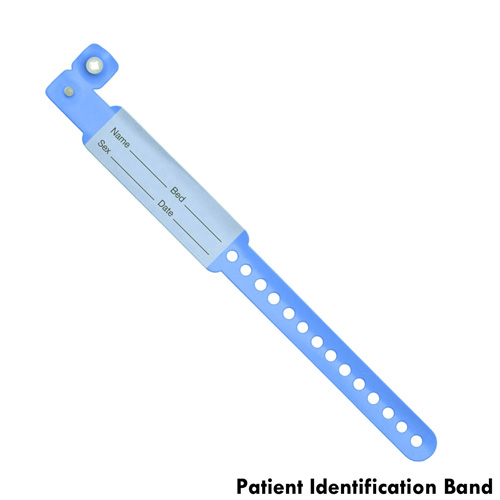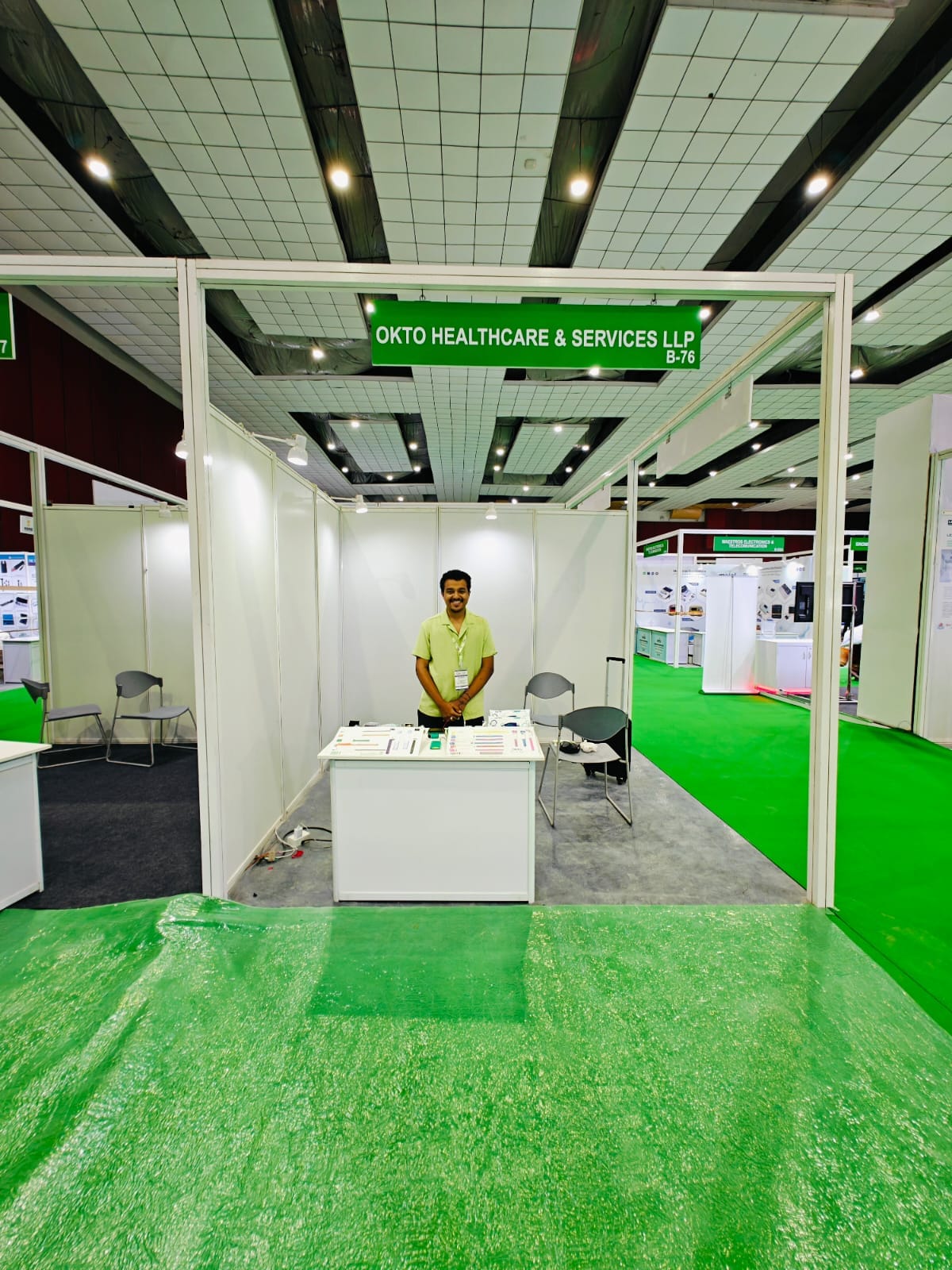Increase Patient Depend On with Accurate and Reliable Patient Identification Band Systems
Simplifying Client Treatment With Effective Recognition Bands
The implementation of effective recognition bands is an essential element in improving individual treatment within healthcare setups. These bands not just serve to alleviate the threats associated with individual misidentification yet likewise enhance interaction amongst medical employees, therefore fostering a much safer setting. Various sorts of identification bands satisfy specific requirements, from long lasting wristbands for grownups to specialized bands for babies and vital instances. As the landscape of person identification develops, one need to take into consideration the implications of these systems on general health care distribution and patient end results. What developments wait for in this essential area?
Relevance of Patient Recognition
Ensuring exact person recognition is important in health care settings, as it directly influences the security and quality of care provided. Misidentification can result in major errors, including administering the incorrect medicine, carrying out incorrect treatments, or miscommunicating essential individual information. Such mistakes not just endanger patient safety but can additionally cause legal implications and reduced count on healthcare systems.
Effective patient recognition is essential to developing a safe and secure atmosphere where patients get tailored and suitable treatment. It assists in the accurate documents of medical backgrounds, allergies, and therapy plans, making sure that doctor have access to essential info at all times. Moreover, robust recognition protocols assist simplify communication among clinical staff, improving collaboration and minimizing the risk of errors.

Kinds of Identification Bands
Identification bands play a crucial function in maintaining precise person documents and boosting security within medical care environments. Various sorts of recognition bands are used to accommodate the specific demands and needs of different person populations.

An additional type is the ankle band, which is specifically beneficial for newborns and babies, making sure that identification stays intact even throughout care procedures. Specialized bands, such as those for allergic reaction alerts or fall threat indicators, provide additional layers of security by drawing instant attention to critical client conditions.
Recently, digital identification bands have acquired popularity, integrating barcodes or RFID technology that can be scanned to rapidly obtain patient data. These bands enhance operations and minimize the risk of human error throughout person recognition procedures.
Benefits of Efficient Identification
Effective recognition of individuals with using recognition bands contributes considerably to general patient safety and security and care high quality. By making sure that each individual is properly recognized, doctor can effectively match medical treatments and procedures to the proper individual, decreasing the risk of mistakes. This is especially important in environments with high patient turnover, where the possibility for misidentification is higher.
Furthermore, reliable recognition bands enhance communication amongst health care groups. Clear and accurate person identification fosters partnership and makes sure that all employee know a client's certain needs and case history. This communication is essential for supplying collaborated care, specifically in emergency situation situations where time is vital.

Eventually, effective identification via using recognition bands not just safeguards clients but also advertises a society of security within healthcare centers (Patient Identification Band). By focusing on exact recognition, health care companies can boost outcomes and improve the general client experience
Carrying Out Recognition Equipments
While the relevance of individual recognition is well identified, the execution of robust recognition systems presents a facility difficulty for healthcare companies. Establishing reliable identification systems needs an extensive approach, incorporating innovation, personnel training, and procedure assimilation.
First, organizations must choose appropriate identification technologies, such as barcode scanning, RFID, or biometric systems. Patient Identification Band. These innovations need to be assessed based on cost, use, and compatibility with existing facilities. A pilot program can aid identify prospective visit here issues prior to full-scale application
Following, comprehensive training for personnel is vital. All employees must comprehend the significance of exact patient identification and excel in making use of the selected technologies. Routine training updates and evaluations can enhance best techniques and guarantee continued conformity.
In addition, medical care organizations must establish standard treatments for patient recognition throughout all departments, lessening disparities and enhancing communication. Routine audits can assist identify voids in adherence to these methods.

Inevitably, an effective application of recognition systems not only enhances patient safety and security but also cultivates a society of responsibility and diligence within medical care setups, making certain trustworthy and constant client care.
Future Trends in Individual Identification
Developments in technology are established to revolutionize patient recognition methods in healthcare setups. The integration of biometric identification approaches, such as fingerprinting and facial recognition, is anticipated to boost precision and safety. These innovations can significantly lower the danger of misidentification, making sure that patients obtain the appropriate therapies and drugs.
Furthermore, the implementation of blockchain modern technology for client documents is acquiring traction. This decentralized strategy can offer a tamper-proof and safe technique for taking care of individual identifications, thus simplifying access to important info throughout different medical care service providers.
An additional pattern is the raising use of mobile health and wellness applications that leverage QR codes for person identification. These applications enable real-time updates and very easy accessibility to individual data, encouraging healthcare experts to make enlightened choices swiftly.
Furthermore, fabricated intelligence (AI) is poised to play a vital role in examining individual recognition data, recognizing patterns, and anticipating potential identification mistakes prior to they take place.
As these technologies evolve, they guarantee not only to enhance individual safety and security yet also to boost the total performance of medical care distribution systems. Embracing these advancements will certainly be essential for future-proofing client care techniques.
Conclusion
Finally, reliable recognition bands find are necessary for boosting patient safety and security and care high quality within health care settings. By decreasing the threats related to misidentification, these bands assist go in exact and prompt info retrieval, ultimately enhancing communication among doctor. The application of durable recognition systems not only fosters a society of security but additionally placements health care organizations to adapt to future fads in individual identification modern technology, ensuring optimum results for clients in diverse professional atmospheres.
As the landscape of client identification evolves, one must take into consideration the ramifications of these systems on total health care delivery and individual results.Reliable individual recognition is essential to developing a safe atmosphere where patients receive individualized and ideal care. Ultimately, prioritizing reliable person identification approaches not only cultivates a culture of security yet also adds to improved client end results and general contentment with healthcare solutions.
Reliable identification of individuals via the use of identification bands adds considerably to overall patient security and care top quality. The implementation of robust identification systems not just fosters a culture of security however additionally placements health care establishments to adjust to future trends in client identification technology, guaranteeing ideal results for people in varied clinical environments.